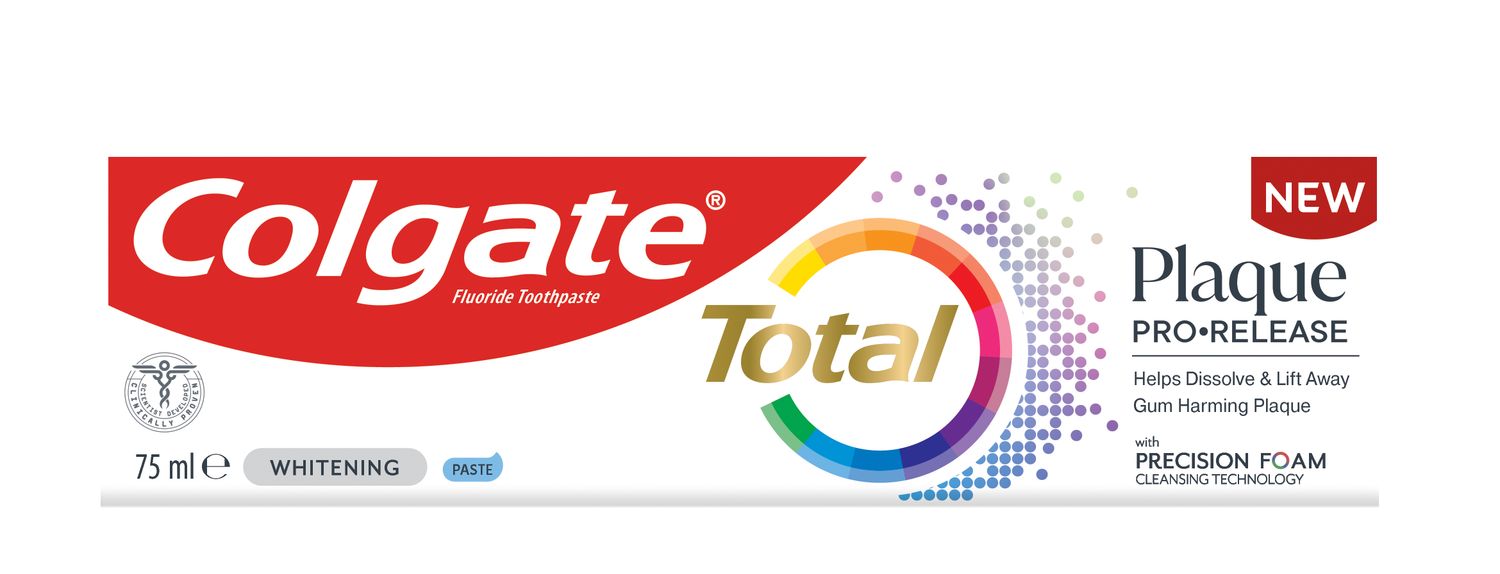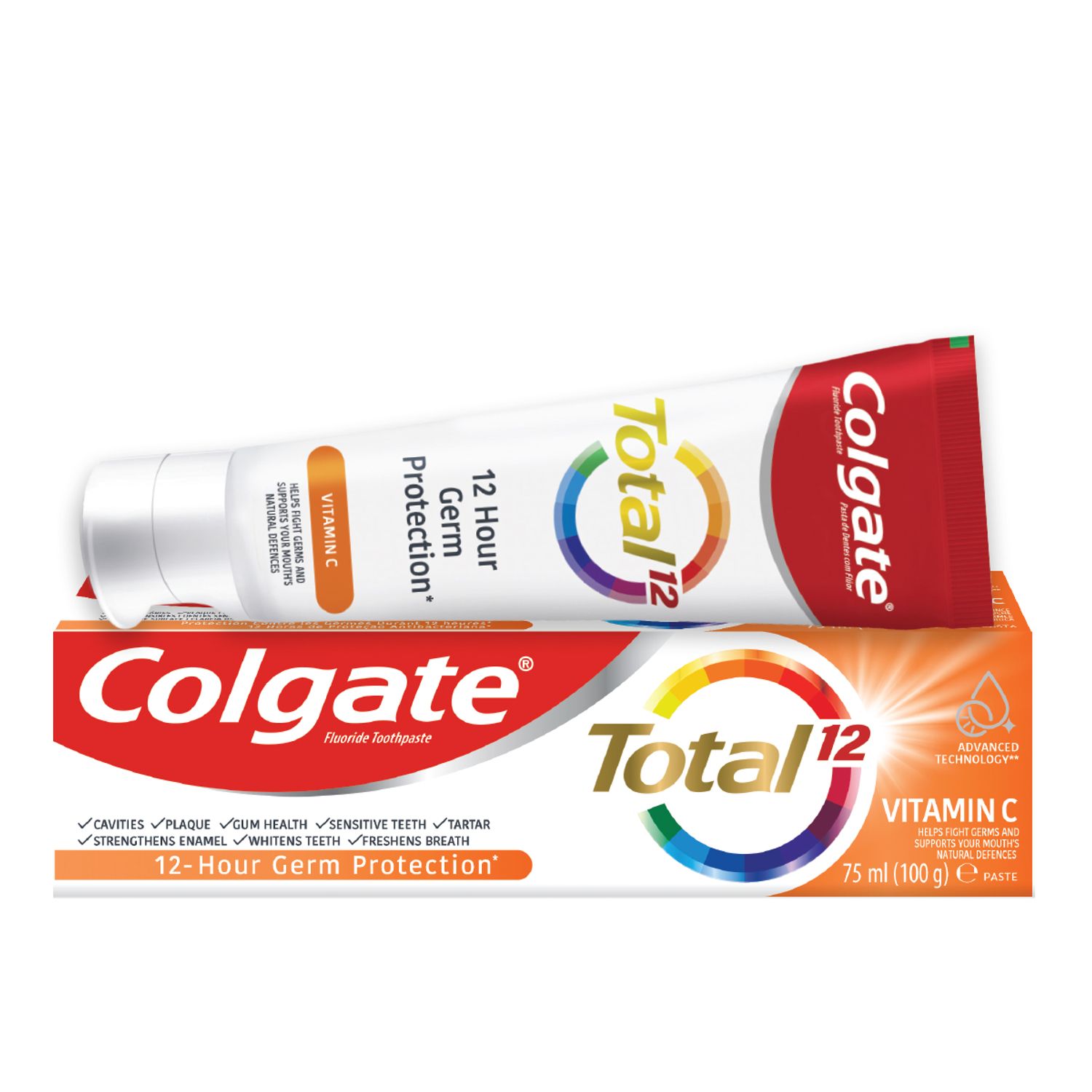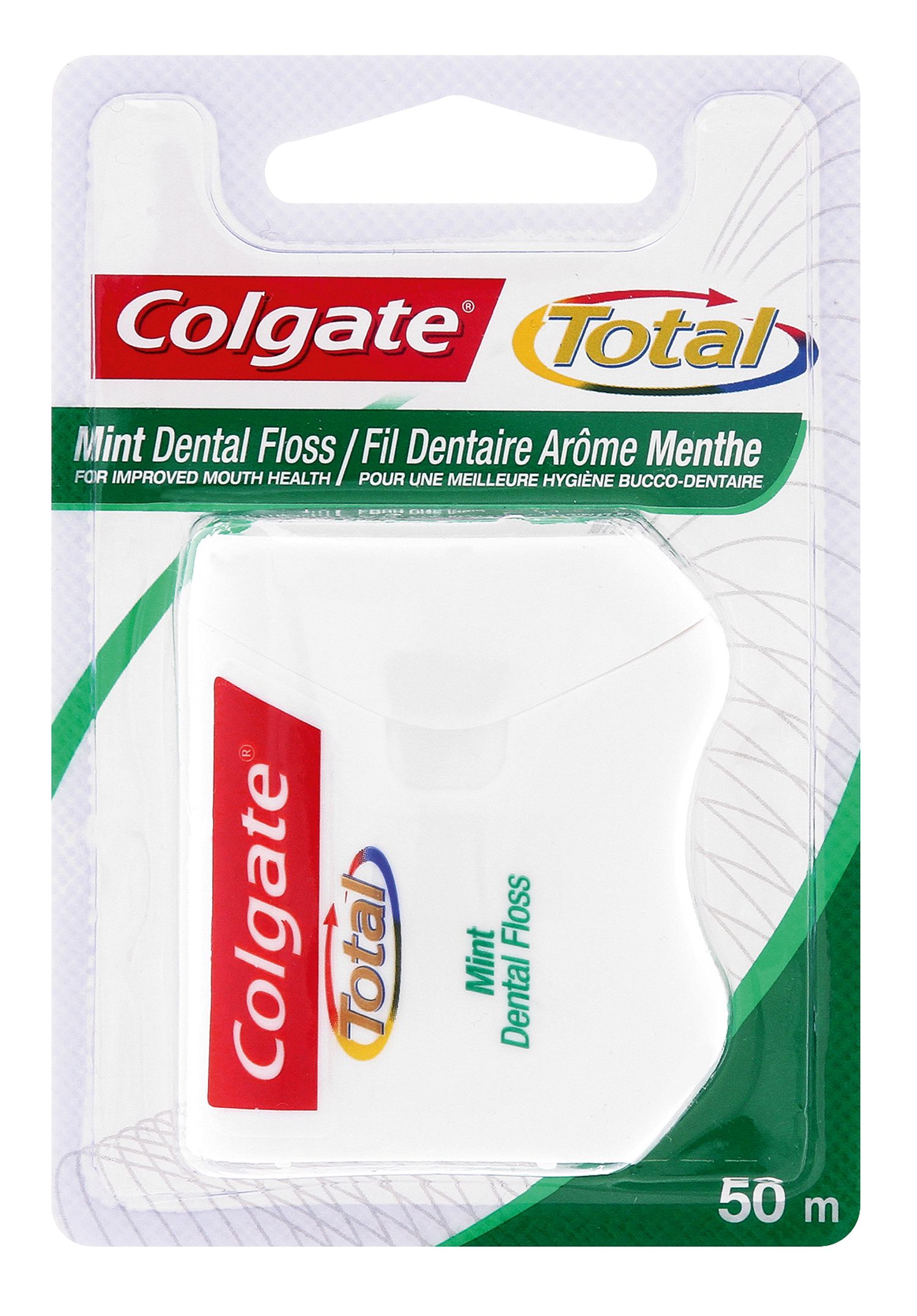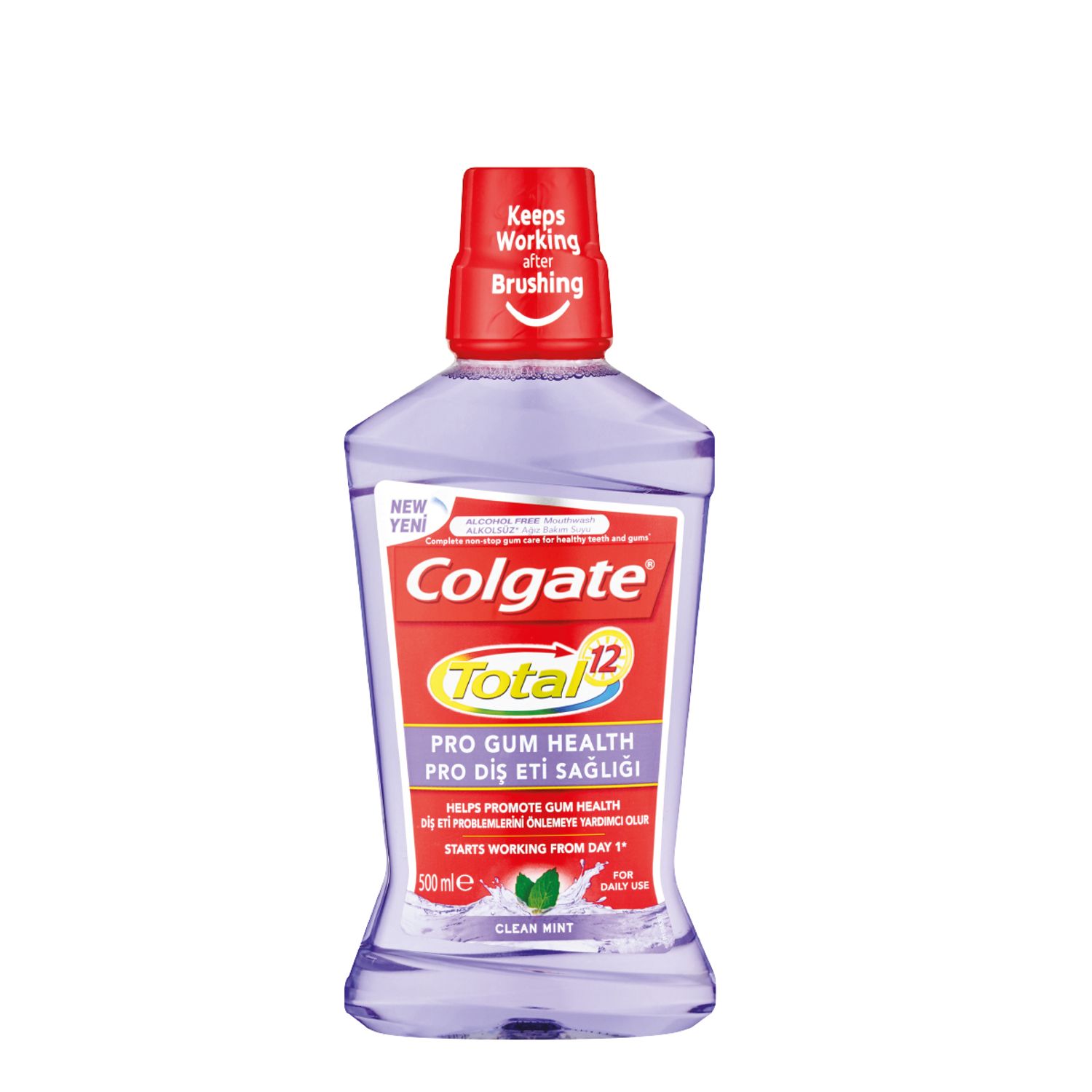-
-

CAVITIES
Can You Heal A Cavity At Home?You feel a sharp pain when you bite down or try to eat. You think it's a cavity, but you're not 100 percent sure...

BAD BREATH
How To Cure Bad BreathMore commonly known as bad breath, halitosis is an embarrassing hygiene issue that nobody wants, but some of us get every now and then...
-
Science & Innovation
- Colgate® | Toothpaste, Toothbrushes & Oral Care Resources
- Oral Health
- How Does Water Flossing Compare To Traditional Flossing?


According to an old-school, catchy jingle: "You are what you eat from your head down to your feet". Whether your preferred snack is fresh fruits and vegetables, or something sweet and indulgent, food particles will certainly get stuck in your teeth at some point. While your initial reaction may be to brush them away, remember that flossing is also very helpful. Although traditional flossing is strongly recommended over water flossing, dental professionals may recommend water flossing for patients with disabilities, who battle to floss, or who have braces.
Traditional Flossing
Flossing helps remove food particles and plaque from between your pearly whites and under the gumline. When plaque isn't removed, cavities and gum problems can develop. If you're going to invest the time to floss on a daily basis, make sure you're flossing correctly.
Start by tearing off a piece of floss approximately 46 centimetres in length. Then, wrap most of it around each middle finger. Only about 5 centimetres should be free to floss.
Hold the floss tightly between your index fingers and thumbs. Now, slide the floss up and down between each tooth. Be careful not to force the floss, and curve it around the base of each tooth. Work the floss around your fingers so that a clean section is applied to each tooth. Use the same up-and-down sliding motion to remove the floss from between two teeth.
Water Flossing
Recommended for patients who battle with traditional flossing, water flossing is a good alternative for people who struggle to hold string floss or whose dental work (braces, for example) make it tricky to manoeuvre floss between the teeth. According to the American Dental Association (ADA), this method incorporates a hand-held device that removes food from between the teeth using steady water streams. Water flossing is a good solution for people who have difficulty holding string floss or who have dental work making it tricky to manoeuvre floss between the teeth.
Flossing Benefits
The American Dental Association reported on a study conducted by researchers at the New York College of Dentistry that followed 51 pairs of twins over a two-week stretch. One twin flossed, while the other didn't. The results showed a decrease in gum problems in the flossing twin. Along with plaque reduction, that emphasizes the necessity of flossing every day.
Traditional floss containers are small and quite portable, so it's easy to floss even when you're on the go. They fit conveniently into pockets, a purse, or a desk drawer at work. On the other hand, a water flossing device may be too bulky to carry with you and needs to be plugged in, so the inconvenience could deter you from flossing if you're on the go.
Unless your dentist has specifically recommended water flossing on account of a disability or dental work, for example, try to prioritise traditional flossing. Together with brushing, it forms part of a healthy oral routine. Lastly, remember to schedule a professional cleaning every six months. Not only will this cleaning keep your teeth in good condition, but your dentist and dental hygienist can identify mouth concerns before they become bigger problems.
Related Products

Helping dental professionals
More professionals across the world trust Colgate. Find resources, products, and information to give your patients a healthier future










